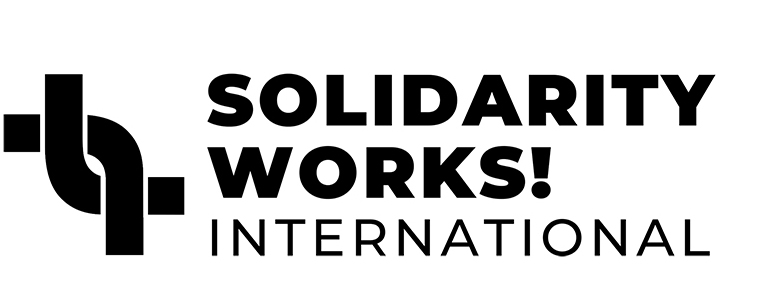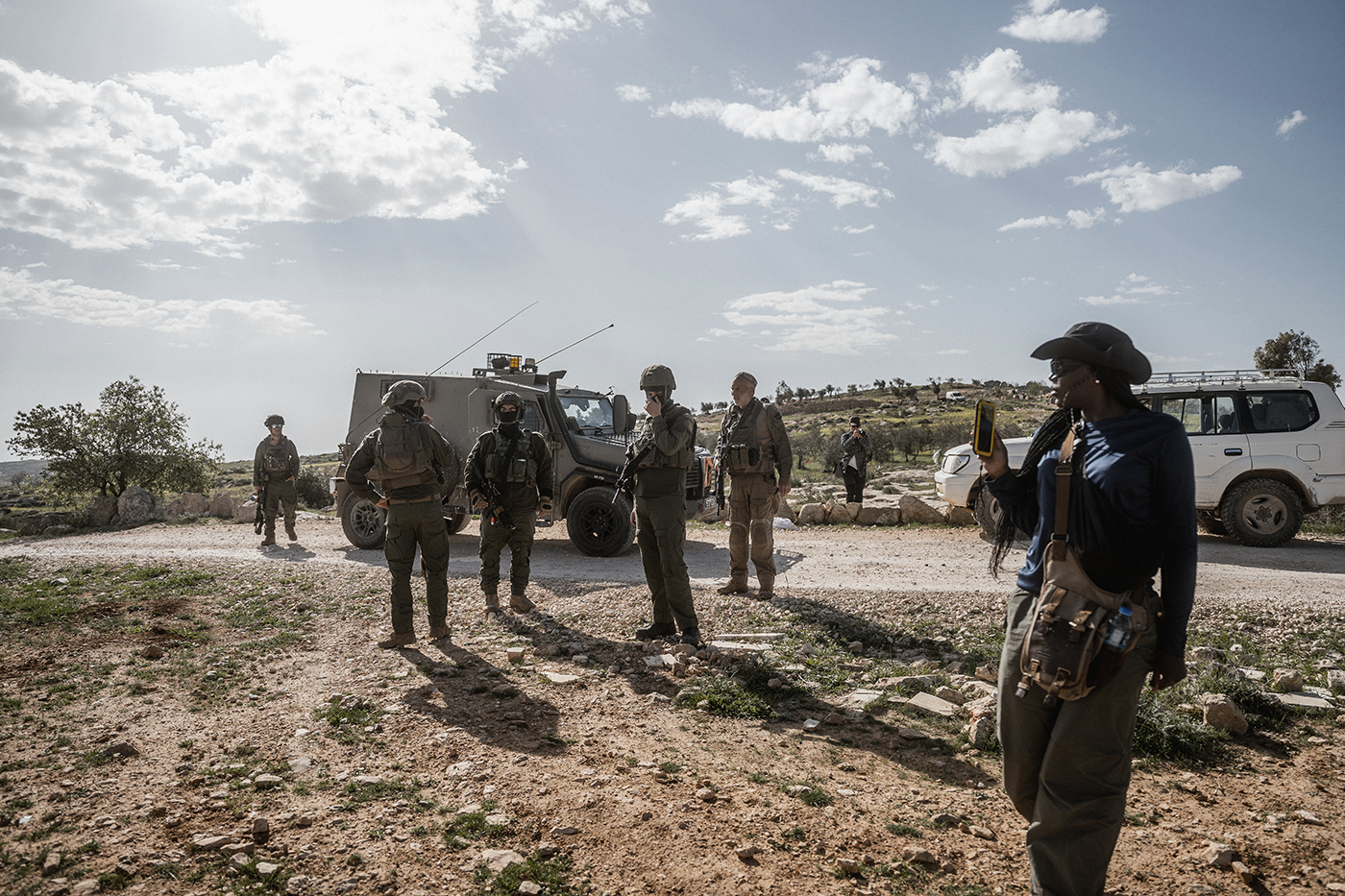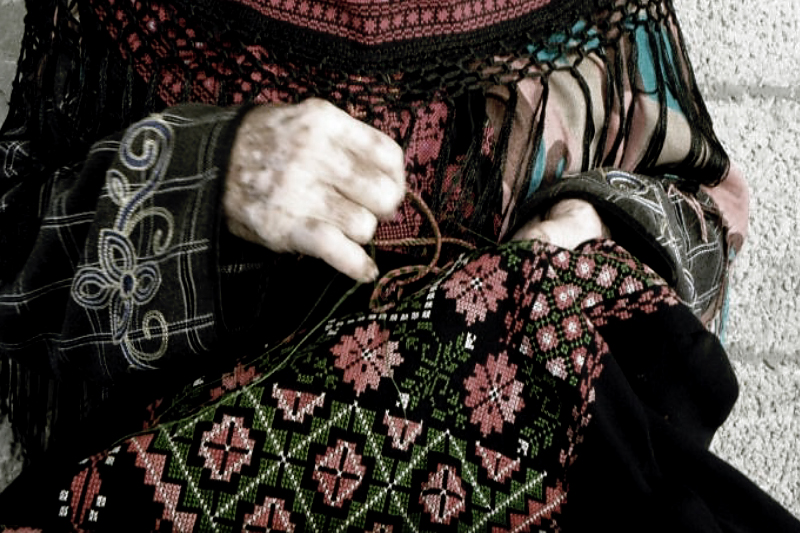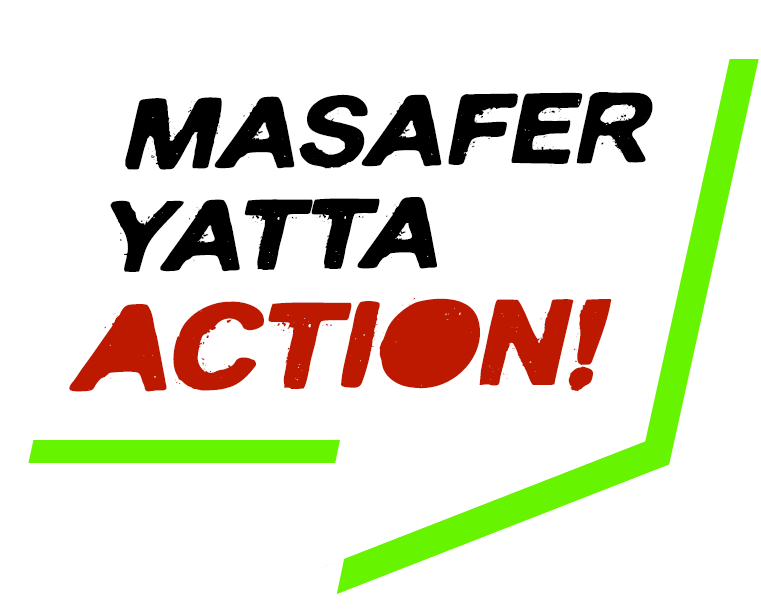
Because They Have a Right
to Exist!
We are MASAFER YATTA ACTION!
We are a coalition of international volunteers, experts, and the courageous people of Masafer Yatta in Palestine, united by a commitment to global solidarity, the foundation of all our efforts. In partnership with the At Tuwani Village Council Masafer Yatta, we work to resist displacement and to protect everyday life against the imminent threat of erasure.
The community faces an existential threat from escalating settler violence, home demolitions, and forced displacement. Since the outbreak of the recent war in Gaza, conditions in Masafer Yatta in the South Hebron Hills have deteriorated sharply.
For 75 years the international community has failed to protect Palestinians. Western States have just burned down the UN Security Council, the Geneva Conventions, the International Court of Justice (ICJ) and the International Criminal Court (ICC) to protect Israel. The international order is collapsing at this very moment. We can’t allow this.
That’s why we must act now! We global citizens must take matters into our own hands to prevent the eradication of Palestine. Our support for Palestine is not only a demand for justice in Palestine. It is a defence of universal rights and the freedom of all of us. Because Freedom is meaningless if it is not universal. “Injustice anywhere is a threat to justice everywhere.” (Martin Luther King Jr.).
If Palestine falls, you will be next!
What we Do
We help Palestinians to stand against the daily Israel aggressions and support them to give No Inch In. Our team of international volunteers provides daily operational support to the Village Council Masafer Yatta to sustain unarmed civilian protection year around to deter Israel’s violence against the people of Masafer Yatta. We raise funds for emergency rebuilding after settler attacks, replacing destroyed property or livestock, urgent family and community needs, and educational projects with full transparency on spending.
You Are a City?
Masafer Yatta is calling!
Grow your Family and become a Sister City of Masafer Yatta in Palestine!
Take action and help protect Masafer Yatta from extinction.
YOUR MUST READ
Learn more about MASAFER YATTA
Masafer Yatta: History, Culture, and Resilience under Occupation
Masafer Yatta is a region in the southern West Bank, located approximately 14 to 24 kilometers south of Hebron. It encompasses 28 Palestinian villages and hamlets, home to roughly 4,000 residents, many of whom belong to Bedouin and agricultural communities. The region is characterized by its rugged terrain, stone houses, natural caves, and terraced agricultural fields, reflecting a way of life deeply rooted in centuries of tradition. Historically, many families lived in caves, a practice dictated by the geography and the semi-nomadic, pastoralist lifestyle. Even today, some residents inhabit these caves, often adapted with modern amenities while maintaining traditional structures. This continuity underscores the communities’ enduring connection to their land and ancestral practices. Cave-dwelling also historically offered protection from raids and harsh environmental conditions, and it enabled families to sustain livestock and cultivate terraced lands in areas where conventional building was difficult.
Historical and Political Context
The inhabitants of Masafer Yatta trace their ancestry back several centuries, with many families historically linked to Bedouin tribes from the Negev and surrounding areas. Over generations, they have established complex kinship networks connecting villages and hamlets, preserving social cohesion despite external pressures. Archaeological evidence points to Canaanite habitation, and oral histories reinforce the long-standing presence of Palestinian communities throughout the South Hebron Hills. Many families currently living in Masafer Yatta can trace their lineage back at least 200–300 years in the area, maintaining tribal and family connections that extend to neighbouring villages and historical grazing routes.
The political landscape changed dramatically in the early 1980s when Israel declared approximately 30,000 dunams (3,000 hectares) of land in the South Hebron Hills, including much of Masafer Yatta, as “Firing Zone 918” for military training. This designation provided the pretext for repeated demolitions, forced displacement, and severe restrictions on civilian life. Over the decades, numerous villages were partially or entirely destroyed, including Al-Fawwar, Susiya, and Khirbet Tuba, while smaller hamlets faced repeated demolition orders. Media outlets and human rights organizations such as B’Tselem documented these operations, highlighting the disproportionate impact on civilians and flagging violations of international law. Legal challenges culminated in a 2022 ruling by Israel’s High Court of Justice affirming the state’s authority to expel residents from the designated military zone. This ruling, however, is widely regarded by international legal experts as illegitimate and in violation of multiple conventions, including the Fourth Geneva Convention, and has not been recognized by the international community. B’Tselem and Human Rights Watch reports emphasize that the ruling represents a systematic attempt to remove indigenous communities and erase centuries-old cultural landscapes.
Cultural and Social Life
Masafer Yatta retains a rich cultural fabric rooted in centuries of agricultural and pastoral life. Villages like Al-Tawaneh preserve practices such as plowing with donkeys, hand-spun wool weaving, embroidery, and the crafting of straw baskets. These artisanal activities are central components of cultural identity, linking daily life with historical memory. Traditional Palestinian embroidery frequently incorporates symbols representing the land, family lineage, and historical memory, while straw crafts remain closely tied to agricultural cycles and local rituals.
Families in Masafer Yatta tend to be larger than the West Bank average, often exceeding six members per household, with some households including extended family units of 10–12 individuals. These family structures provide essential social and economic support, particularly under conditions of occupation and restricted mobility. Social life revolves around family gatherings, cooperative farming, and communal celebrations, including weddings, religious festivals, and harvest ceremonies. Folk games and cultural performances continue to be practiced, offering children recreation, socialization, and education in local traditions, while reinforcing intergenerational transmission of knowledge.
Economic Conditions
Economically, Masafer Yatta faces severe constraints. Residents rely primarily on small-scale agriculture and livestock, yet restrictions on movement, access to resources, and threats of displacement impede productivity. According to World Bank and UN OCHA reports, household incomes in the South Hebron Hills are significantly below the West Bank average, and access to electricity, water, and transport infrastructure remains limited. Agricultural yields are often reduced due to limited irrigation, soil degradation, and restricted access to fields, while the destruction of homes and confiscation of land by the Israeli military exacerbates economic hardship.
Traditionally, many residents also sought employment in Israel, particularly in construction, agriculture, and service sectors. Income from these jobs was critical for sustaining households in structurally weak areas like Masafer Yatta. Since the outbreak of the recent Gaza conflict, Israeli work permits for Palestinians have been restricted, dramatically reducing wage labour opportunities. This sudden limitation has intensified financial vulnerability, particularly among households that depended on cross-border employment to supplement agricultural income. Analysts and UN reports suggest that reduced labour mobility will likely increase dependency on humanitarian aid, disrupt local consumption patterns, and deepen existing inequalities between isolated rural communities and more urbanized regions in the West Bank.
Resistance and Resilience
Despite these challenges, Masafer Yatta’s communities demonstrate remarkable resilience. Local residents continue to maintain their agricultural practices, cultural traditions, and social networks in the face of repeated demolitions and movement restrictions. International and local solidarity initiatives provide moral and practical support, help document rights violations, and assist in reconstruction and agricultural recovery. Residents’ strong attachment to their land, combined with the engagement of volunteers, NGOs, and advocacy groups, underscores a broader struggle for human rights and dignity. Living under occupation, facing systemic displacement and restricted access to resources, the people of Masafer Yatta embody persistence, ingenuity, and cultural continuity.
The communities’ continued presence highlights the importance of defending human rights, preserving cultural heritage, and ensuring sustainable livelihoods. Masafer Yatta stands as a testament to the enduring spirit of its people. Amidst political turmoil, occupation, and structural economic constraints, the communities uphold their cultural heritage, resist displacement, and strive for a future where they can live with dignity and justice. Their story exemplifies both the local impact of occupation and the global imperative for solidarity with Palestinian communities.
